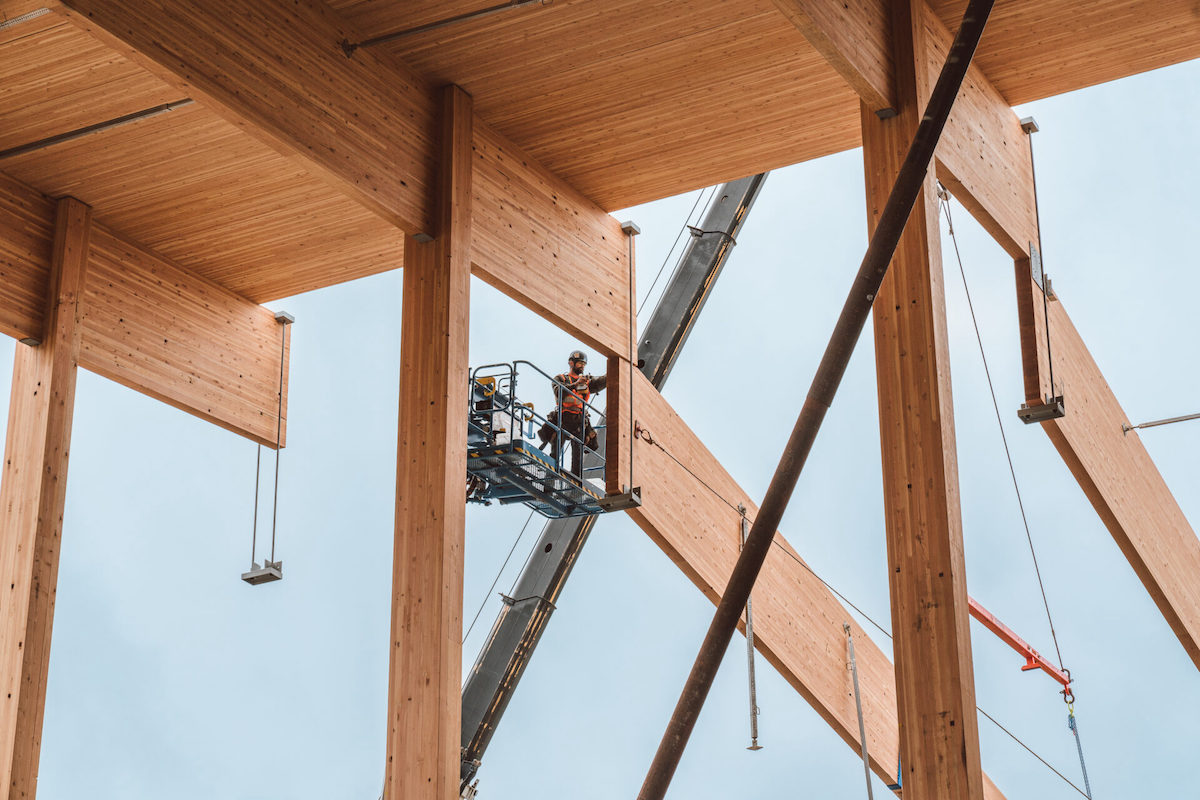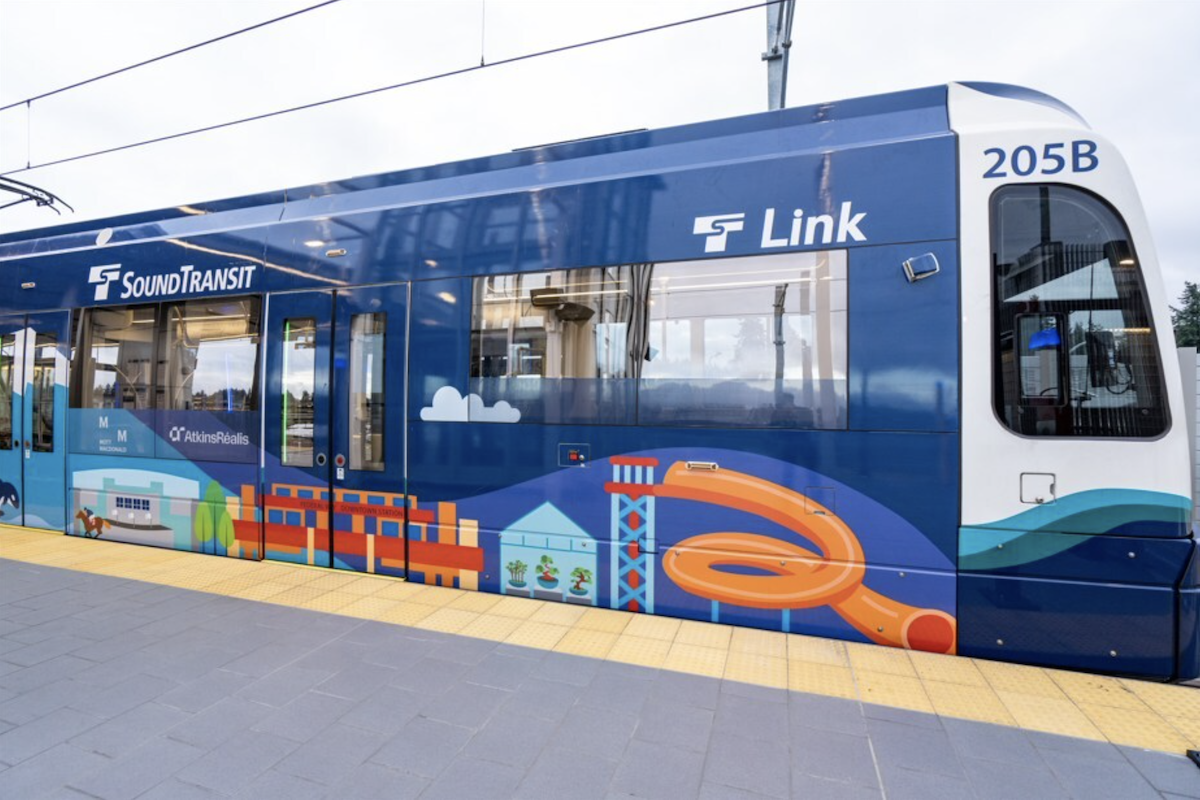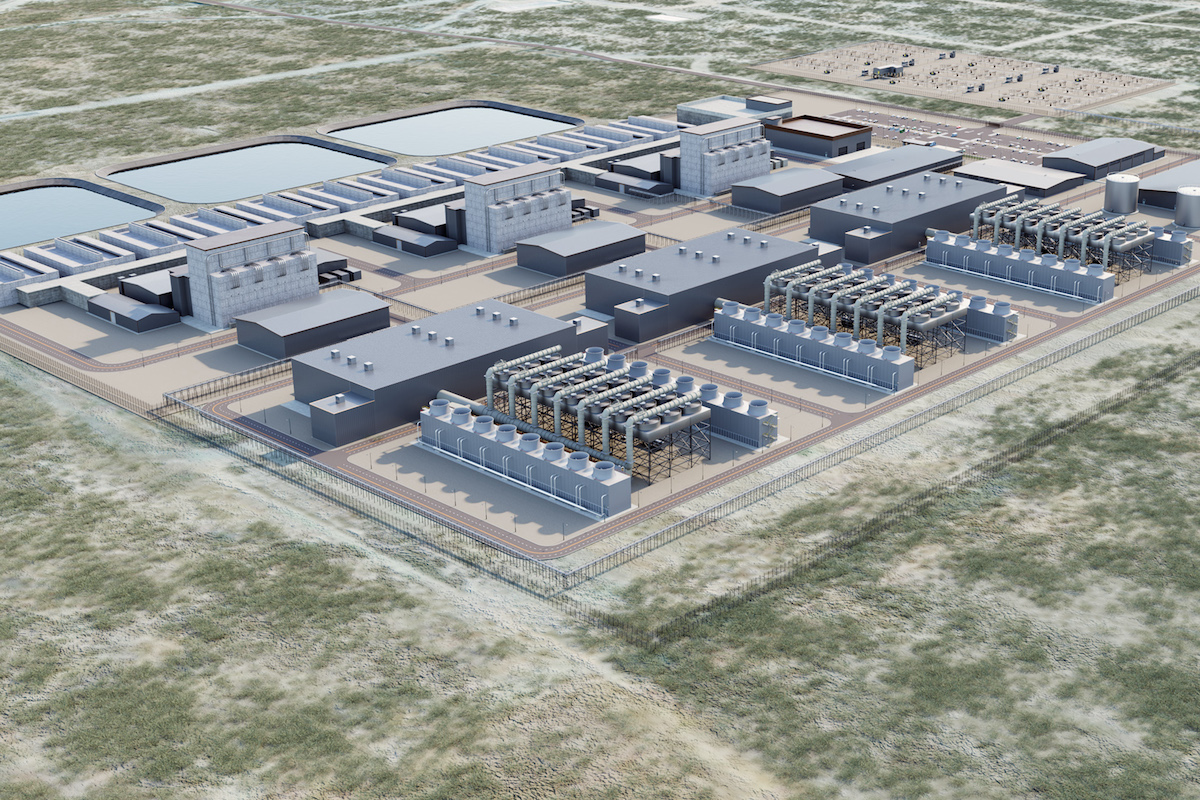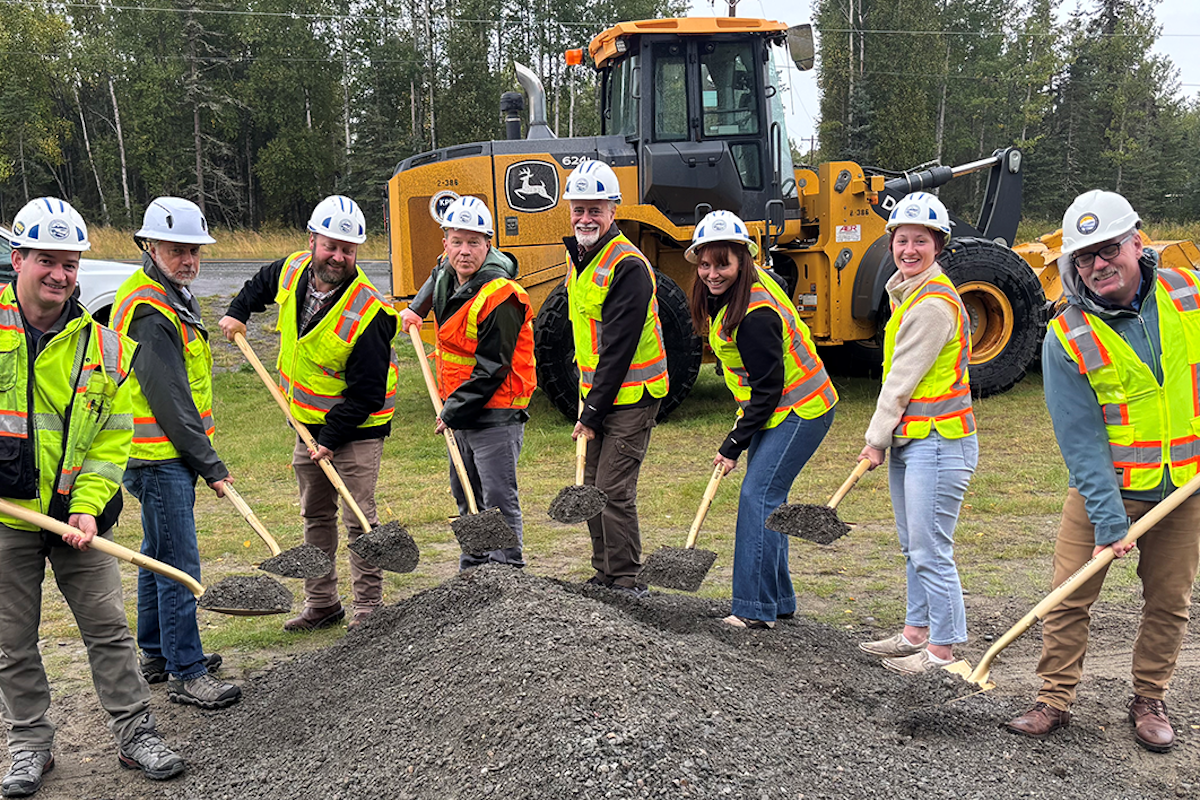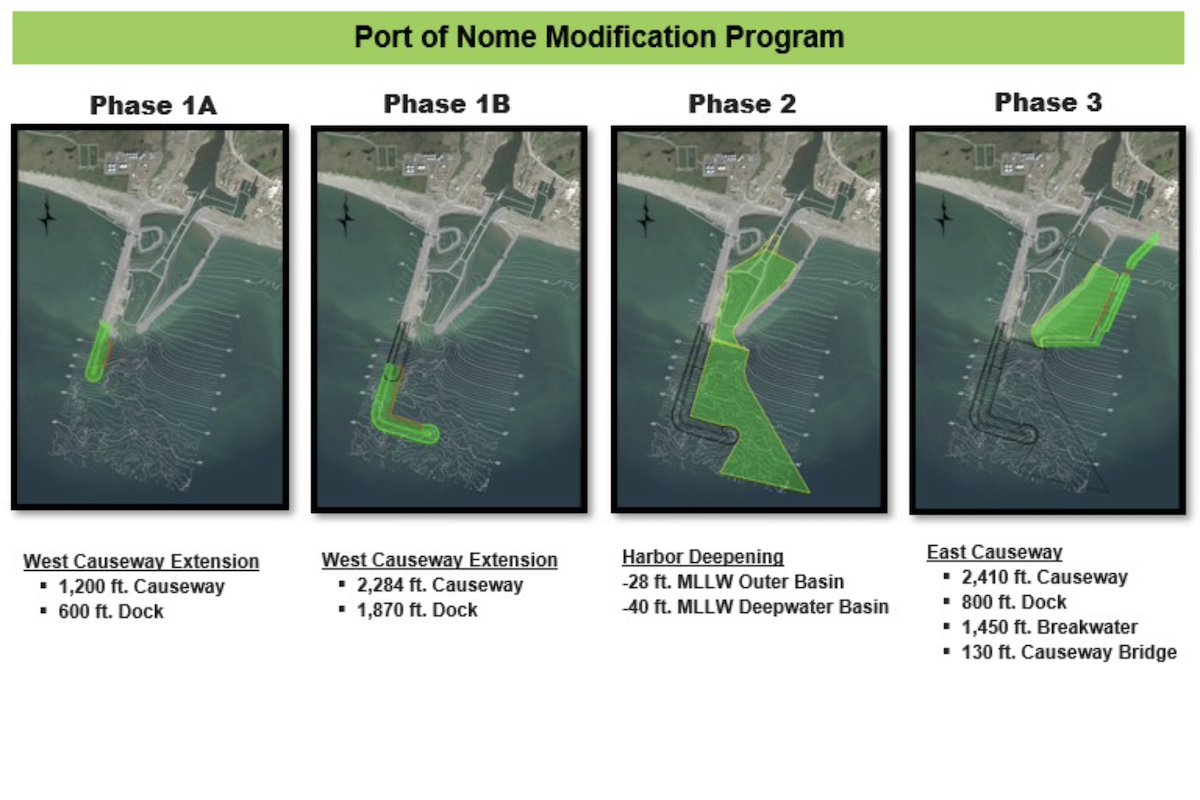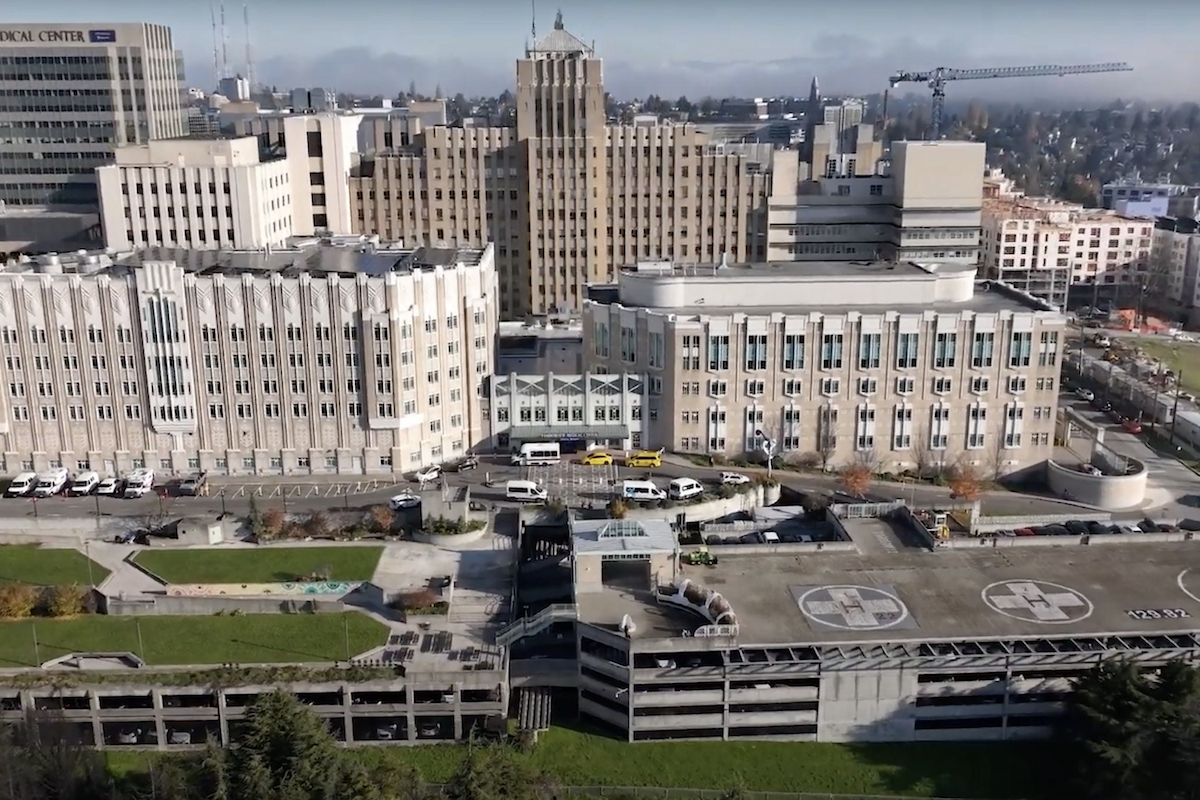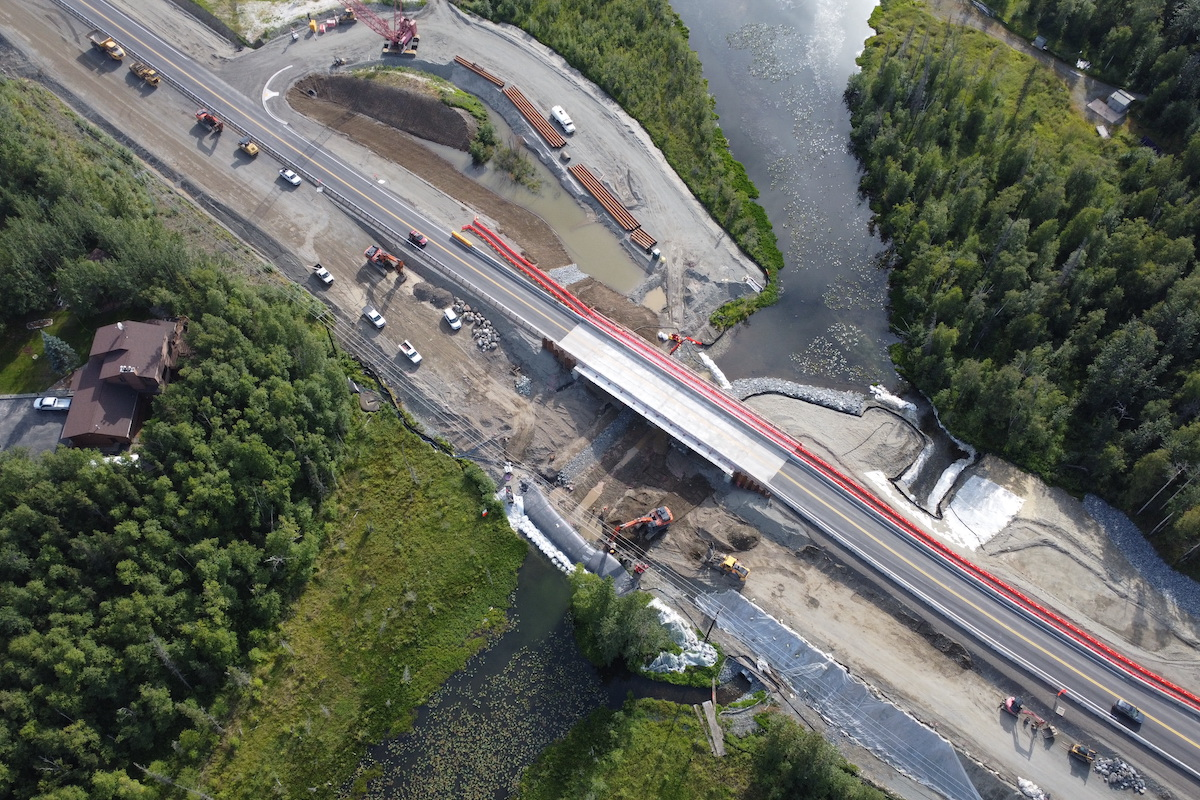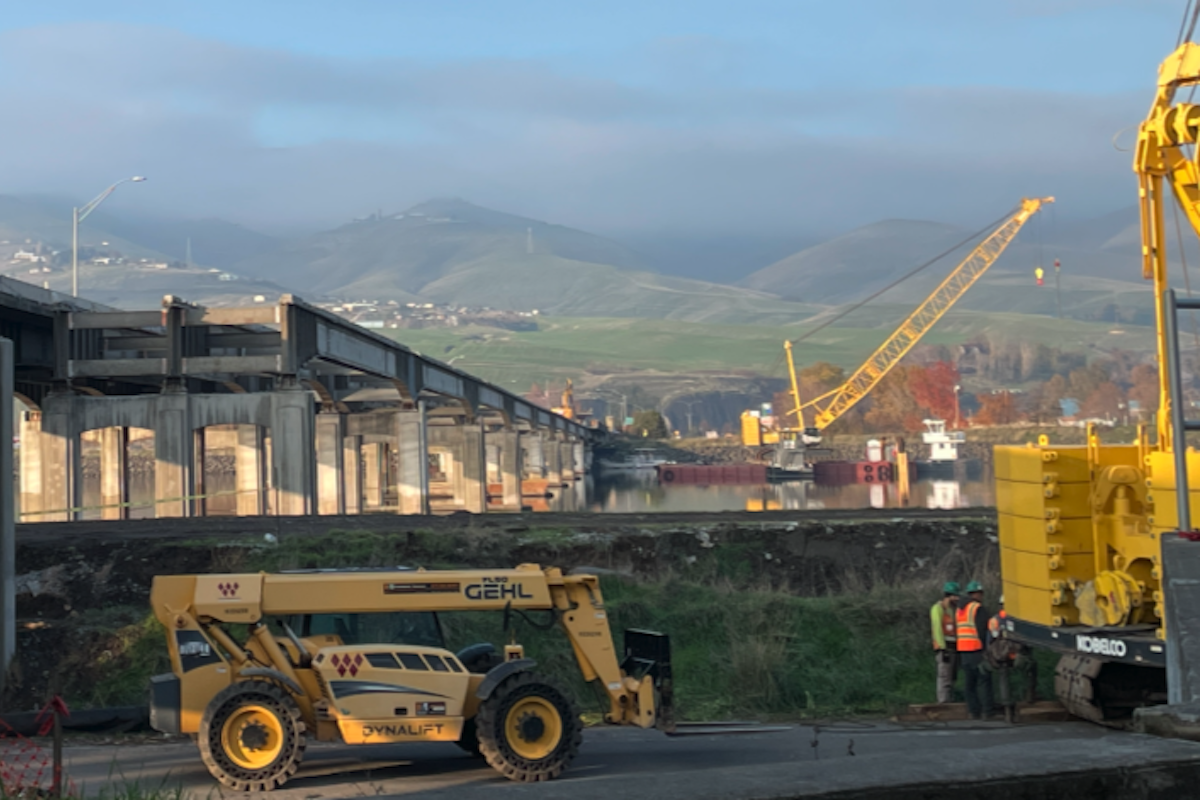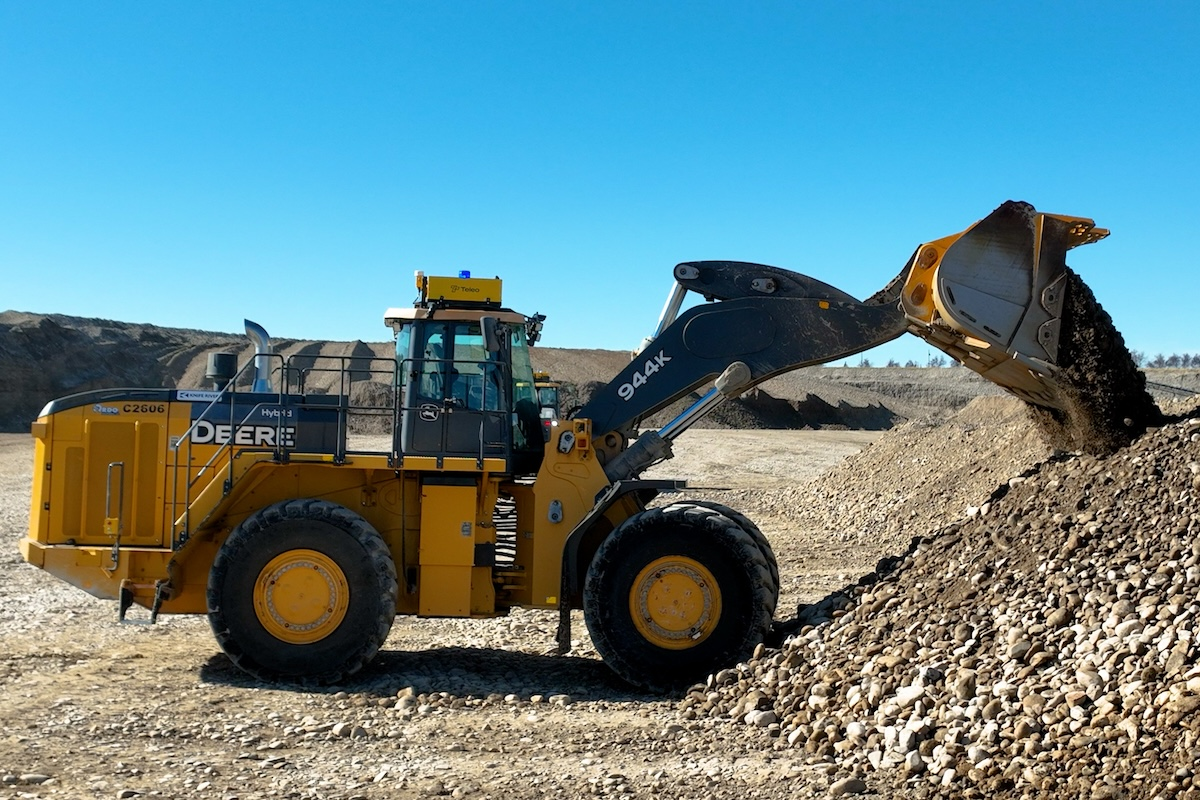Officially known as a Project Partnership Agreement, the official document was signed by Col. Jeffrey Palazzini, Commander of the Alaska District, and Harry Brower Jr., Mayor of the North Slope Borough. The agreement describes the project and responsibilities of the federal government and the non-federal sponsor, which is the North Slope Borough, in the cost sharing and execution of work. When this milestone is achieved in the federal process, both entities can now work together to begin implementing the project.
“We have been working in the Congress to get these kinds of big civil infrastructure projects happening in our state,” Sullivan said. “This is going to be the biggest ever in terms of coastal erosion. We changed the formula so that the federal government pays for 90% of the funding.”
Utqiagvik, formerly known as Barrow, is the political and economic hub of the North Slope Borough, providing services to surrounding villages in Northeast Alaska. The community experiences frequent and severe coastal storms, resulting in flooding and erosion that threaten public health and safety, the economy of the community, critical infrastructure valued at more than $1 billion, access to subsistence areas, as well as cultural and historical resources. The project will reduce the risk of storm damage to about five miles of coastline by construction of a rock revetment at the bluff area, building a protective berm and raising Stevenson Street.
“Today’s signing ceremony is the [result] of a great endeavor for our participation and input that we generated within our communities,” Brower said. “It has been many years in the works, and previous [North Slope Borough] administrations were addressing the very same concerns.”

| Your local Volvo Construction Equipment dealer |
|---|
| PacWest Machinery |
Currently, the borough engages in the construction of temporary berms by bulldozing beach sand supplemented with materials from upland areas. These ongoing activities and associated costs will be replaced by the permanent seawall.
“This project represents USACE’s ability to construct in remote and austere environments as well as our commitment to rural and native communities on the frontlines of climate change,” Palazzini said. “We will advertise, award a project, and then get construction started with continued enthusiastic partnership.”
USACE anticipates awarding a construction contract in the spring with work beginning shortly thereafter. The project is scheduled for completion by 2031.














